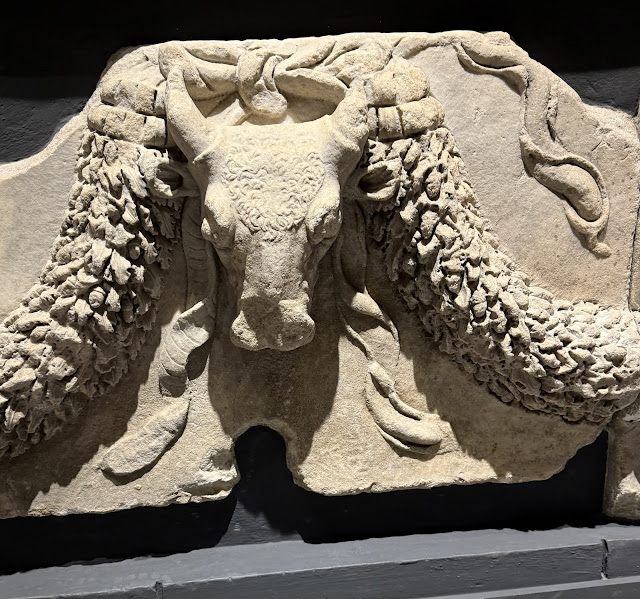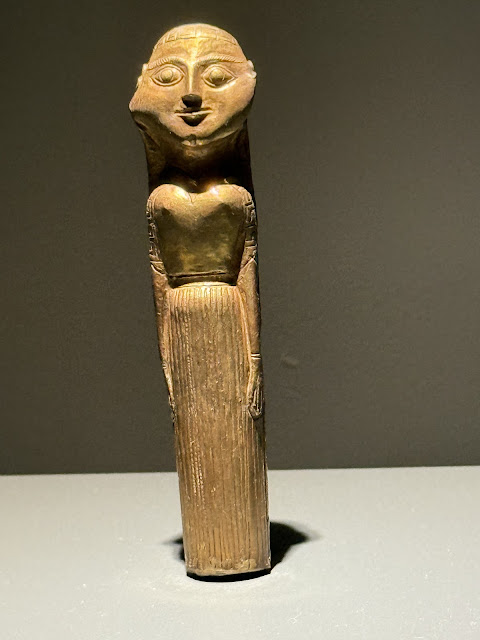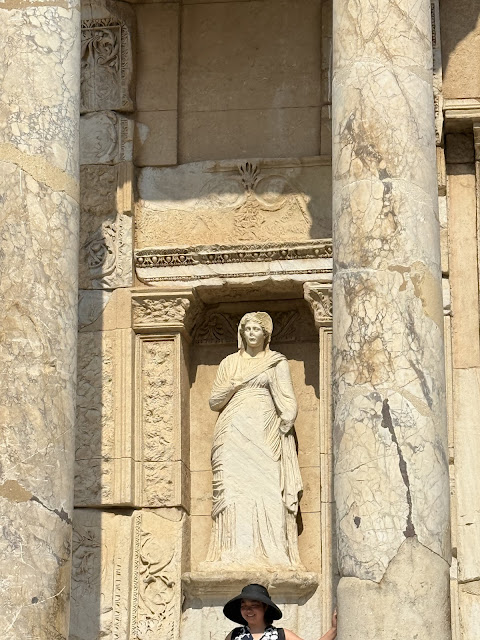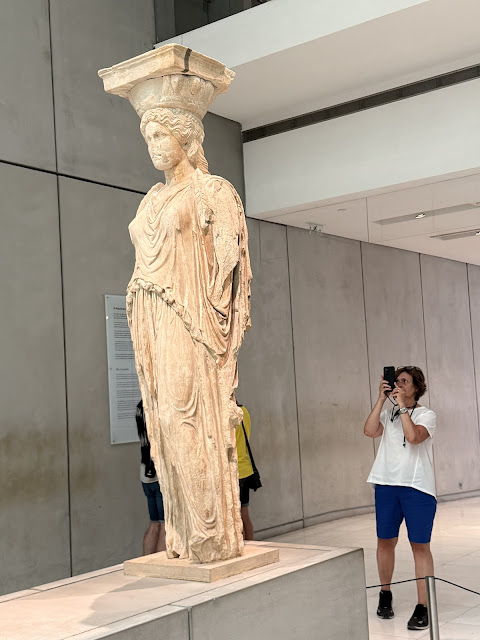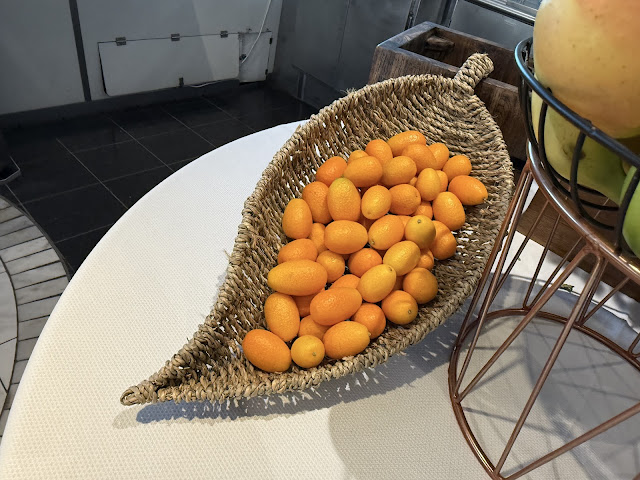Not Much Cooking!
New Utensils
New Magnets
 |
| I removed many magnets to make room for my new ones. |
 |
| New magnets from Greece and Turkey. You can see what I found: mainly images of birds, especially owls. You can also see that my little plant survived my absence. |
A Few Meals Before the Big Trip
The Ship's Kitchen
 |
| The door to the ship’s kitchen. |
“My kitchen” this July means not only the kitchen where I live in Ann Arbor, but also the kitchen of the National Geographic/Lindblad Orion where we spent 10 days while visiting Greek islands in the Mediterranean and three ancient sites in Turkey.
 |
| A peek down the stairs towards the extensive storage areas for food and equipment. |
 |
| Just before breakfast: the waiters would bring the food from the kitchen up to the dining area on the rear deck. |
What Kitchen Did this Come From?
Blog post © 2025 mae sander
Shared with Sherry’s In My Kitchen for July




















